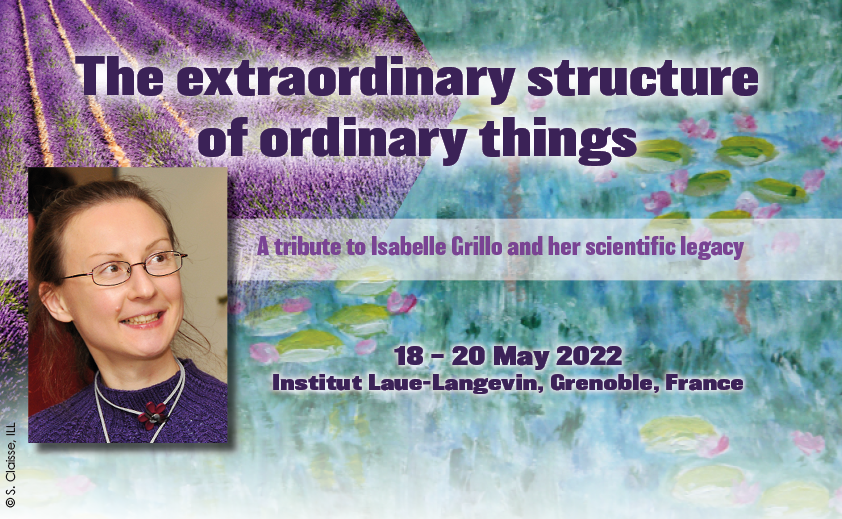Speaker
Description
Proteins – here dairy and plant proteins (the latter being environmentally advantageous), are crucial macronutrients, but they also structure food. They form structures at multiple spatial scales, in particular in gels. Those are prepared from milk at low pH or enzymatically, or from an isolate of cruciferin and napin from canola seeds by heating.
To obtain structural information on digestion mechanisms, a multilength and multitime scale monitoring was developed in vitro (gastric and intestinal steps – cf. Infogest protocols). Results: Neutron imaging (ICON, PSI) gives information at micron scale: on milk gels - casein network and fat globules, and on canola gels (aggregates), monitored under digestion. At nanometric scale, as seen accurately by Small-Angle Neutron (completed by X Rays) Scattering, reorganization under digestion makes vanish the largest objects at the profit of mini-micelles in sponge-like casein, or of mini-clusters of canola proteins after progressive unfolding. In parallel, rheology shows a loss of the network connectivity until complete deconstruction, while UV microscopy shows progressive diffusion-reaction inside a 50-200 um gel piece with apparent external erosion of the gel.
Interestingly, coupling these methods enables to tackle the problem of the intrinsic heterogeneity of samples during digestion. It is (i) prevented by cold digestive juice imbibition for big samples for SANS, neutron imaging, and rheology (ii) observed directly by microscopy, or by spatially scans with Synchrotron X rays. Using different preparations (acid versus rennet dairy gel, or variable pH for canola) leads to clear differences in initial structures, and in their evolutions before complete deconstruction. Conclusions: The feasibility of finely linking the behaviors at the lowest scales with the larger ones, can be extended to different proteins, and other foods. In particular neutron contrast matching possibilities enables to study multi-ingredients food.

